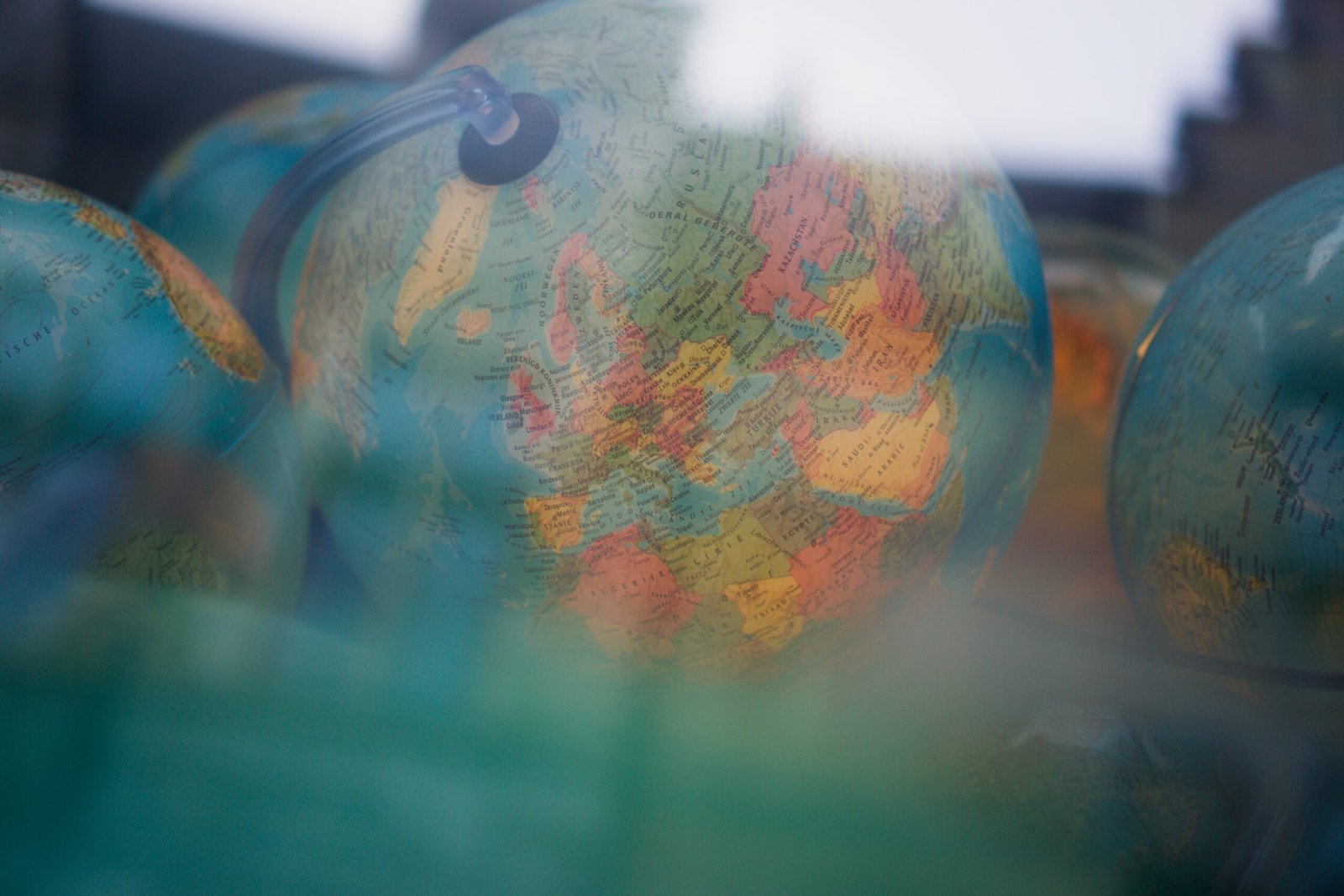Japanese Astronaut Snaps Unexpected Photo of Space Debris Instead of Iconic Mount Fuji
In a quirky twist of events, Satoshi Furukawa, an astronaut from the Japan Aerospace Exploration Agency (JAXA) who was a part of the SpaceX Crew 7, aimed his camera at the celebrated Mount Fuji from aboard the International Space Station (ISS) and surprisingly captured an image of the elusive tool bag that became space debris. Back in November, during extravehicular maintenance work, this very tool bag had escaped the grasp of NASA’s astronauts and has since been orbiting our planet as space junk.
While the goal was to immortalize the grandeur of Japan’s highest peak, which is renowned as an active volcano, Furukawa inadvertently ended up with an image showcasing the vagaries of space photography. During the crew’s return news conference, the incident was shared, highlighting the often-overlooked complexities faced by astronauts when attempting to photograph specific locations from space.
Insightful analysis from the astronaut team indicated that capturing crystal clear snapshots of earthly landmarks is a daunting task. Various elements, such as atmospheric conditions, including cloud cover or haze, contribute significantly to the challenge. The incident serves as a reminder that even in the meticulous realm of space exploration, unpredictable and humorous mishaps can occur.
This anecdote not only underscores the difficulty of taking photos from space but also brings attention to the broader issue of space debris, which can in rare occasions, photobomb celestial photography sessions.
Space Debris: An Emerging Challenge for the Aerospace Industry
The story of astronaut Satoshi Furukawa’s unexpected encounter with a tool bag lost in space sheds light on the increasing issue of space debris. While the photograph taken from the ISS added a humorous note to the matter, space junk is a growing concern for the aerospace industry.
Space debris encompasses any disused manmade objects orbiting the Earth, including defunct satellites, spent rocket stages, and even tools accidentally let go by astronauts, as in the case mentioned. These objects can travel at speeds of up to 17,500 mph, posing a significant threat to spacecraft, the ISS, and satellites operational in near-Earth space. The Industry’s Response to Space Debris
The aerospace industry has been developing guidelines and strategies to address the issue of space debris. Mitigation measures include the design of spacecraft that will more completely burn up upon re-entry, ensuring that no debris remains in orbit after missions. Additionally, some agencies and companies are exploring active debris removal techniques, such as nets, harpoons, and robotic arms designed to capture and safely de-orbit space junk.
Market Forecasts: Opportunities and Challenges
According to market research, the space sector continues to grow, thanks in part to the increasing involvement of private companies in space exploration and satellite deployment. Reports suggest that the space economy could be worth hundreds of billions of dollars within the next decade, with satellites for communication and Earth observation driving much of this growth.
However, this expansion brings about additional challenges related to space debris. The more satellites launched into orbit, the greater the risk of collision and the production of more debris. Therefore, managing space debris effectively will remain a pressing concern and could represent an opportunity for companies that specialize in debris monitoring and removal technologies.
Issues Related to Space Junk
Space debris presents several issues, such as the Kessler Syndrome, which is a theoretical scenario where the density of objects in low Earth orbit becomes so high that one collision could set off a chain reaction of collisions. Moreover, space debris not only poses a risk to active missions but can also contribute to the decline in the long-term sustainability of space operations, as each piece of debris adds to the probability of impact with operational equipment.
International collaboration and robust policies are required to combat the space debris problem. This involves the compliance of international standards for debris mitigation established by the Inter-Agency Space Debris Coordination Committee (IADC) and the Committee on the Peaceful Uses of Outer Space (COPUOS).
If you’re keen on exploring this subject further and keeping abreast of the latest developments in the aerospace industry, consider visiting the official website of the Japan Aerospace Exploration Agency (JAXA) at JAXA or for industry-wide information, the homepage of The International Astronautical Federation (IAF) at IAF. These resources provide extensive reports and analyses pertinent to space exploration, highlighting both the triumphs and challenges facing the sector today.

Igor Nowacki is a fictional author known for his imaginative insights into futuristic technology and speculative science. His writings often explore the boundaries of reality, blending fact with fantasy to envision groundbreaking inventions. Nowacki’s work is celebrated for its creativity and ability to inspire readers to think beyond the limits of current technology, imagining a world where the impossible becomes possible. His articles are a blend of science fiction and visionary tech predictions.











